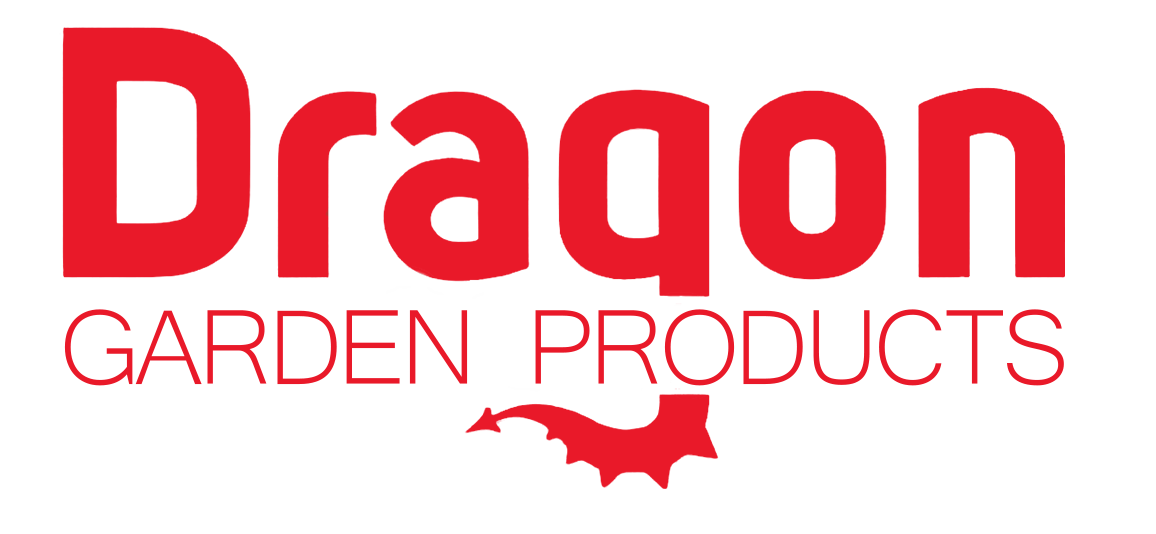How does rotational moulding compare to other methods?
Our factory in Pontycymer is the only rotational moulding facility in Wales. For the long-lasting plastic products we manufacture, rotational moulding is the ideal process. However, there are various moulding processes available to manufacturers – so, why have we been committed to rotational moulding for so many years? To explain, we’ll first talk you through the alternatives…
Exploring plastic production processes
There are many injection moulding companies around, with plastic injection moulding being one of the most common production methods in the industry. Firstly, dry plastic is melted in a hopper to turn it into a liquid. This liquid is then injected into a premade metal mould of the desired shape. Once cooled, the surrounding mould is removed to reveal the completed plastic object. Injection moulding is useful when it comes to precise production, but it is a very expensive procedure.
Compared to most other methods, casting is very simple and requires comparatively little machinery. It’s very similar to injection moulding, but without the injection part. Rather, the liquid is poured into a mould rather than injected, and is then left to solidify. Unfortunately, the casting process requires a bit more maintenance and regular care than most methods.
Blow moulding, like rotational moulding, can be used to create hollow objects. Liquid plastic is fed into a cold mould through a tube. This tube then inflates within the mould, eventually filling the space of the mould to form the intended shape. Blow moulding is useful in certain scenarios, it isn’t always economical for simpler designs.
Among the most demanding methods is compression moulding. This process utilises two moulds – one to hold the liquid, and a second mould that is compressed into the first one to force the desired shape. Compression moulding is often used in heavy duty production and isn’t an efficient option to produce smaller, more intricate objects.
The newest method on the block is 3D printing. Firstly, a 3D CAD design is created on a computer, and that is transferred to slicing software that tells the 3D printer arm what to print. The product is then drawn in layers. Being the newest method, it is also the most expensive to set up, requiring access to various 3D printing software and printers themselves.
Why rotational moulding?
It’s no secret that we’re committed to rotational moulding, and it’s what makes us unique. But, we don’t do it because it sounds fancy – it allows us to create high quality, durable products while avoiding single use materials. Rotational moulding makes creating hollow products simple, as the liquid solidifies to only the inner walls of the mould when it is rotated.
Our process is airtight to ensure that every product we create is of the highest quality. For example, each product is rotated for a precise amount of time to ensure there are no air bubbles in the finished object, which could weaken the product and affect durability.
Additionally, the plastic doesn’t need to be melted before it is fed into the tool like other methods. Instead, the polymer powder is melted and cooled again while it is already inside the tool, eliminating the need to maintain any other equipment.
If you’re interested in becoming a stockist with Dragon Products, please get in touch: https://www.dragon-products.co.uk/become-a-stockist
